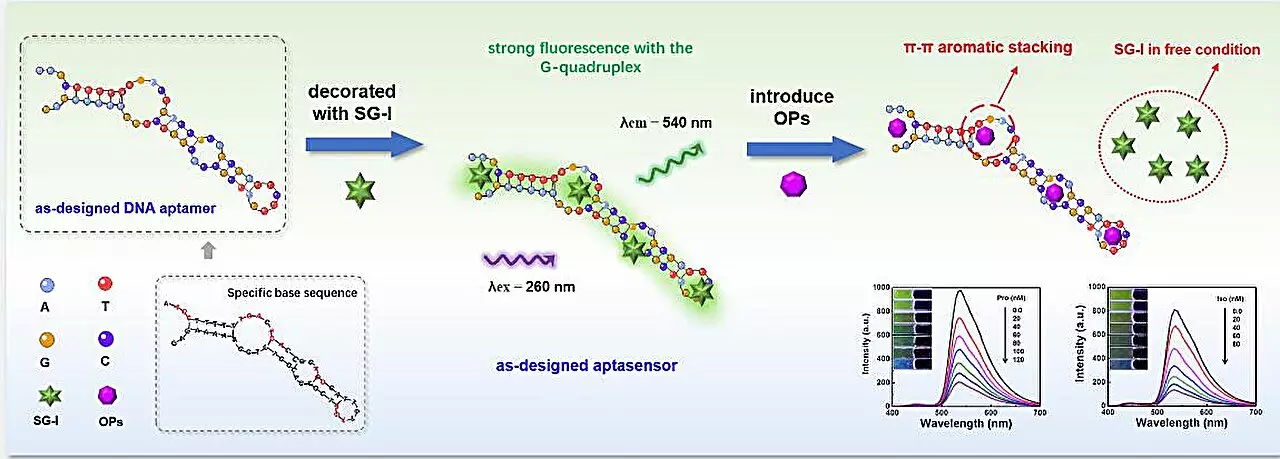In an era where food safety and environmental protection are paramount, the need for precise detection methods for harmful substances in agriculture has never been more critical. A significant breakthrough has emerged from a research group led by Prof. Jiang Changlong from the esteemed Hefei Institutes of Physical Science of the Chinese Academy of Sciences. They have developed an innovative visual sensing platform that utilizes DNA aptamer technology for rapid and reliable detection of organophosphate insecticides, including profenofos and isocarbophos. This research, featured in *Analytical Chemistry*, opens a new frontier for monitoring pesticide residues that threaten both human health and ecological stability.
The Risks of Organophosphate Insecticides
Organophosphate insecticides are notorious for their effectiveness in pest control, making them a staple in agricultural practices worldwide. However, the dark side of their widespread usage is the toxic residues they leave behind. These residues can accumulate in food and ecosystems, posing serious health risks such as neurological disorders and developmental issues in humans and wildlife alike. The challenge lies not only in the enforcement of safe pesticide application practices but also in the ability to detect these harmful chemicals swiftly and accurately. Current detection methods fall short, often lacking the efficiency required for timely field analysis.
An Ingenious Solution: DNA Aptamer Technology
The innovation brought forth by Prof. Jiang and his team hinges on the interactive capabilities of engineered DNA strands, known as aptamers. These molecular probes exhibit a remarkable sensitivity to their target chemicals. The sensing system incorporates a unique G-quadruplex structure that interacts with a green dye (SG-I) to emit a bright green fluorescence. However, this glow dims significantly upon the binding of organophosphate insecticides, which latch onto the aptamers and alter the optical cues of the sensor. The result? A visually detectable shift from green to blue, providing an immediate and striking indication of pesticide presence.
Portable and Practical: Bridging Science and Technology
One of the most compelling features of this new sensor is its integration with 3D printing technology and modern mobile applications. This hybrid approach not only enhances the portability of the device but also democratizes access to accurate pesticide detection tools. Farmers, food safety inspectors, and environmental scientists now have the potential to conduct on-site analysis without the need for complex laboratory equipment. This advancement promises to expedite response times to pesticide contamination and foster a proactive rather than reactive approach to food safety.
A Vision for the Future
Prof. Jiang’s assertion that this sensor presents “a new strategy for rapid on-site detection of pesticide residues” encapsulates the essence of this research. With detection limits reaching as low as 2.48 nM for profenofos and 3.01 nM for isocarbophos, the implications for safeguarding both public health and environmental integrity are profound. While challenges remain in the broader implementation of such technologies, the path toward safer agricultural practices appears brighter with innovations like these leading the way.

